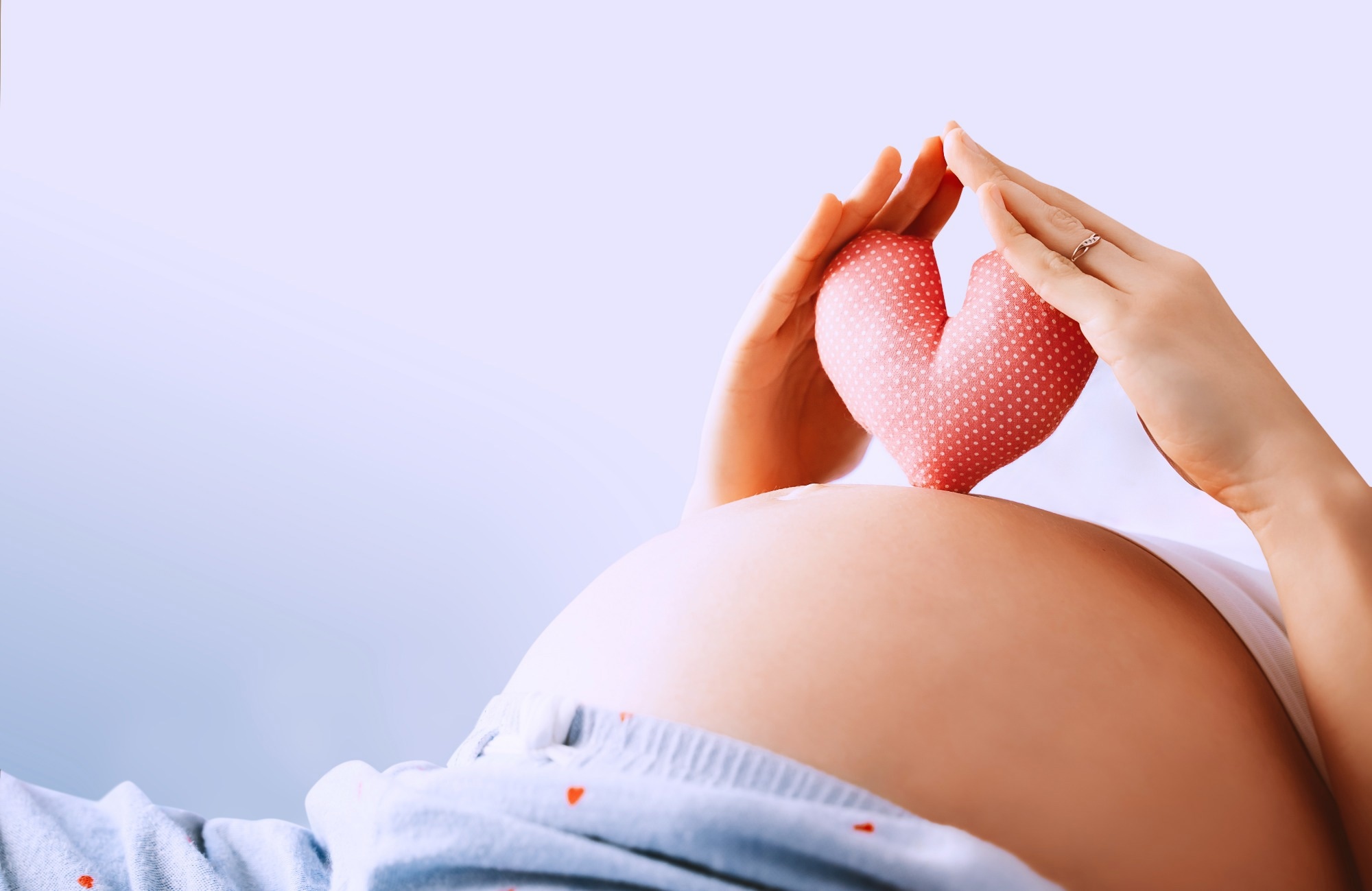Maternal speech exposure during pregnancy influences neonatal speech perception and linguistic preferences, helping them to understand tales and acquire an affinity for their mother's voice and native language. However, the impact of maternal monolingual or multilingual speech on fetal brain systems is unclear. Bilingualism impacts adult gray and white matter anatomy, with cognitive control and attentional capacities influenced by the age of second language acquisition, language acquisition sequence, and language interaction.
 Study: Exposure to bilingual or monolingual maternal speech during pregnancy affects the neurophysiological encoding of speech sounds in neonates differently. Image Credit: Natalia Deriabina / Shutterstock
Study: Exposure to bilingual or monolingual maternal speech during pregnancy affects the neurophysiological encoding of speech sounds in neonates differently. Image Credit: Natalia Deriabina / Shutterstock
About the study
In the current neural encoding study, researchers investigated the impact of prenatal language exposure on neonatal language and speech-encoding abilities.
The researchers recruited 131 neonates (mean age post-delivery = 38 hours) from Barcelona's SJD Children's Hospital for analysis. They divided neonates into monolingual and bilingual groups according to parental language use in the last trimester of pregnancy. They used a sociodemographic questionnaire to measure maternal education and musical exposure.
The team allocated 53 neonates exposed to monolingual acoustic environments (MON group, including 27 females with a mean gestational age of 39.9 weeks and mean weight at birth of 3,321 g) and 76 to those with bilingual exposure (BIL group, including 33 females with a mean gestational age of 39.7 weeks and mean weight at birth of 3,328 g). They included neonates with Appearance, Pulse, Grimace, Activity, and Respiration (APGAR) scores of ≥8.0 at one and five minutes of life who had passed universal newborn hearing screening before recruitment.
The team excluded individuals with high-risk pregnancies, obstetric diseases, and hearing impairment risk factors. They investigated the neonatal frequency-following response (FFR) to a two-vowel stimulus to assess speech encoding in 29 healthy neonates exposed to monolingual or multilingual settings in the last trimester of pregnancy. They studied the FFR reflecting the complex spectrotemporal dynamics for its capacity to encode voice pitch and vocalic formant structure data.
The researchers examined newborns with a click-evoked auditory brainstem response (ABR) test to assess auditory circuit integrity to encode voice pitch and vocalic formant structure, and all participants successfully identified the wave V peak. The test contained a 100-μs click-stimulus at 19.3 Hz with 60 dB sound pressure. They recorded the continuous EEG signal at a sampling rate of 13,333 Hz using an online bandpass filter with cutoff frequencies from 30 to 1,500 Hz and an online epoch from -41 ms (pre-stimulus period) to 245 ms.
The team used bandpass filtering to detect the stimulus's fundamental frequency (F0, 113Hz) and temporal fine structure. They examined brain responses to F0 and the vowels' initial formant (F1, 452Hz for the 'o' vowel and 678Hz for the 'a' vowel), considering the varied sound properties of the various stimulus portions. They processed data using bandpass filtering and averaging neural responses to emphasize distinct components of speech encoding.
Results
Bilingual mothers spoke most languages except Spanish, including English, Arabic, German, Galician, Italian, Guaraní, Portuguese, and Romanian. Monolingual mothers exposed their newborns to Catalan or Spanish languages (9.40%). Neonates from multilingual mothers had a lower spectral signal-to-noise ratio (SNR). Monolingually exposed neonates showed higher spectral amplitude and SNR at F1.
Newborns exposed to a monolingual prenatal fetal environment had higher SNR values than multilingual neonates. MON neonates had higher spectral amplitudes at 452 Hz, corresponding to F1 for the 'o' vowel. The /o/ sector had a higher spectral amplitude than the 'a' vowel steady segment, indicating that the 'o' vowel was encoded well in its matching stimulus section.
The researchers also found significant group interactions per stimulus, implying that the MON neonate group had higher spectral amplitudes for the 'o’ vowel portion than BIL neonates, with a higher amplitude at 678 Hz during the ‘a’ vowel stable part compared to the ‘o’ vowel section. The finding indicated that the ‘a’ vowel was encoded well in the appropriate stimulus segment. The impacts of prenatal maternal multilingual language exposures in the SNR at 452 Hz, corresponding to the ‘o’ vowel F1, revealed significant inter-group spectral amplitude variations. The lack of differences across groups in the voice pitch encoding FFR (FFRENV) spectral amplitudes at F0 indicated that pitch processing mechanisms are mature at birth.
The study found that neonates exposed to multilingual environments had lower SNRs at F0, indicating higher perceptual flexibility. They also had higher SNRs and spectral amplitudes for the temporal fine structure-following response (FFRTFS) at the peak frequency of the formant, indicating higher vocalic structure encoding. There were no statistically significant group-level differences in root mean square (RMS) amplitudes pre-stimulus and neural lag, indicating comparable delays in neural transmission and the lack of distinct neural activities before auditory stimulations. The findings imply that neonates of bilingual mothers have a higher sensitivity to a broader pitch range (indexed by spectral amplitudes of FFRENV at F0) and process sound differently than those born to monolingual mothers.